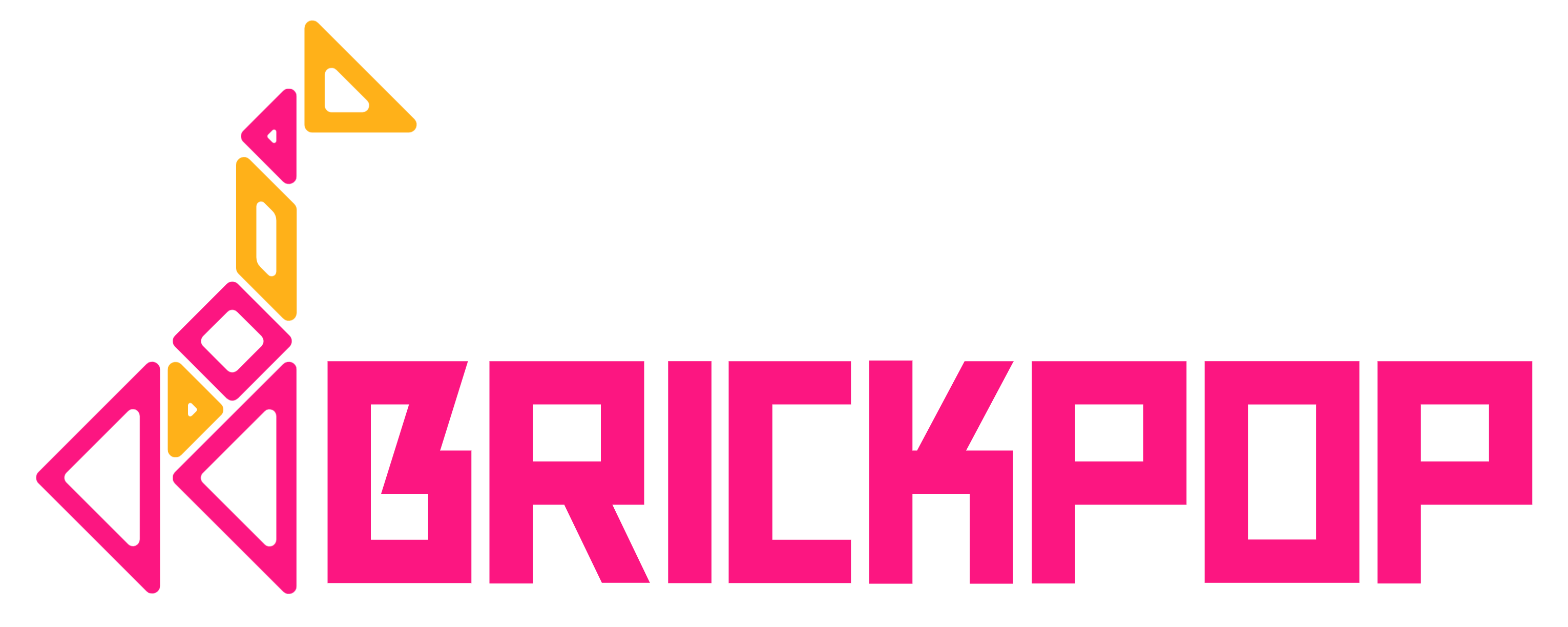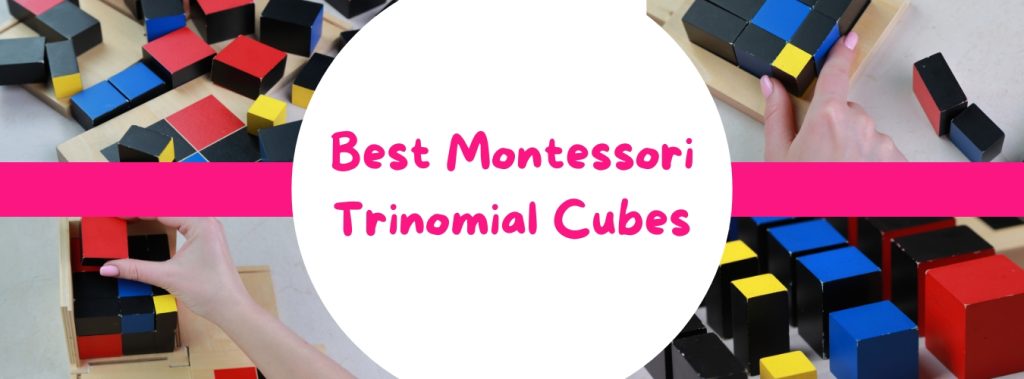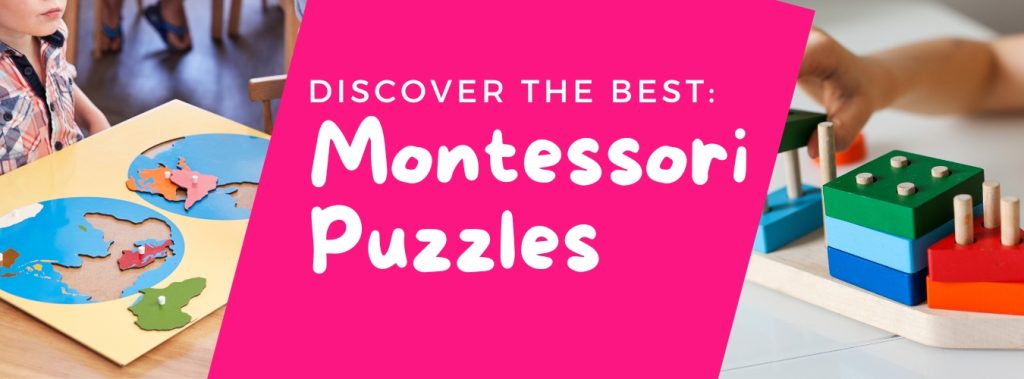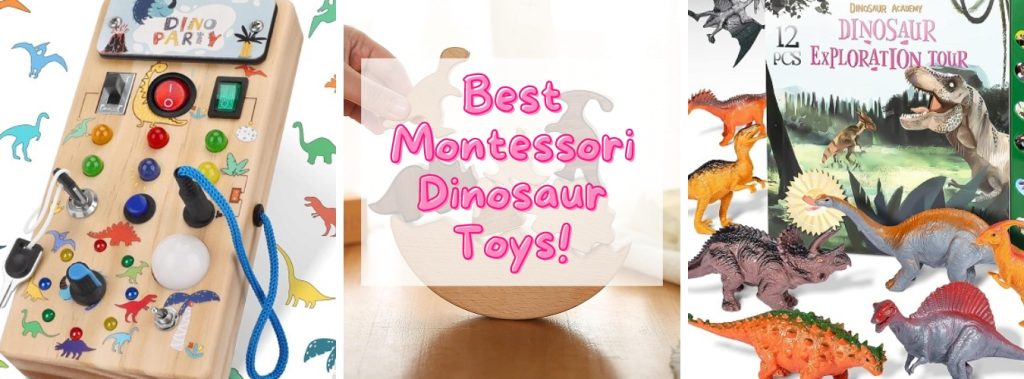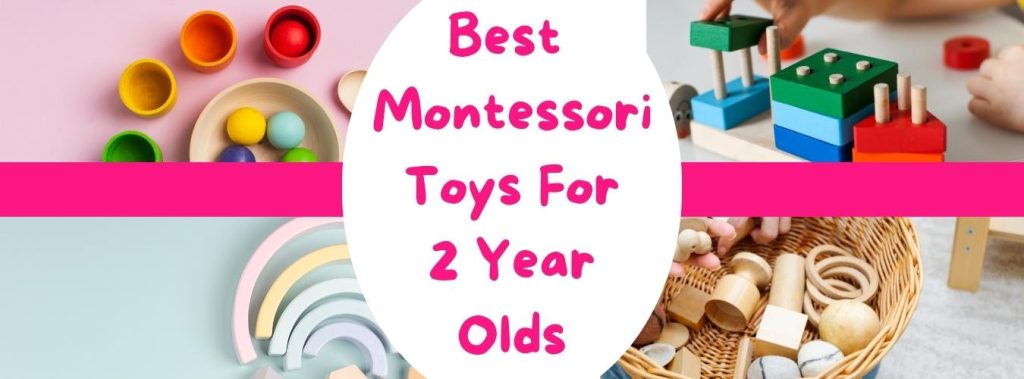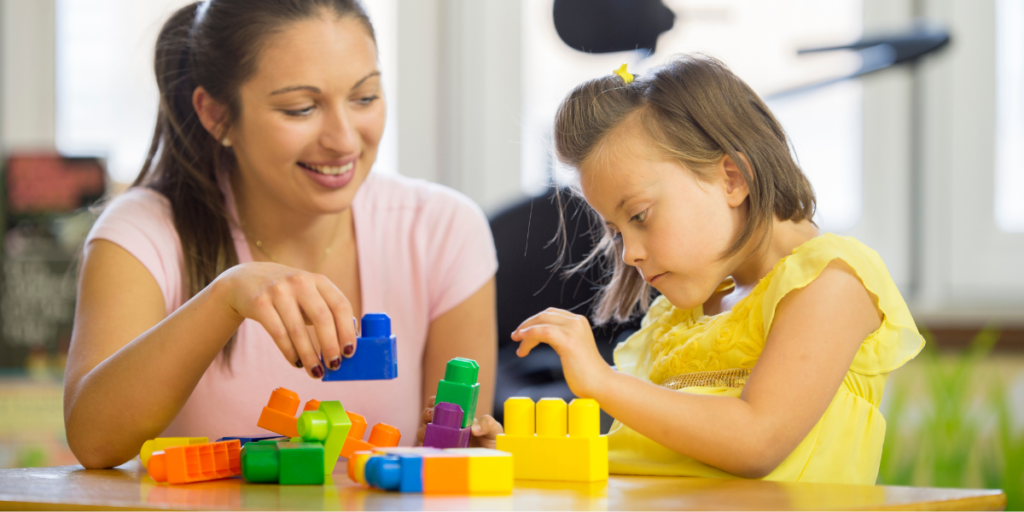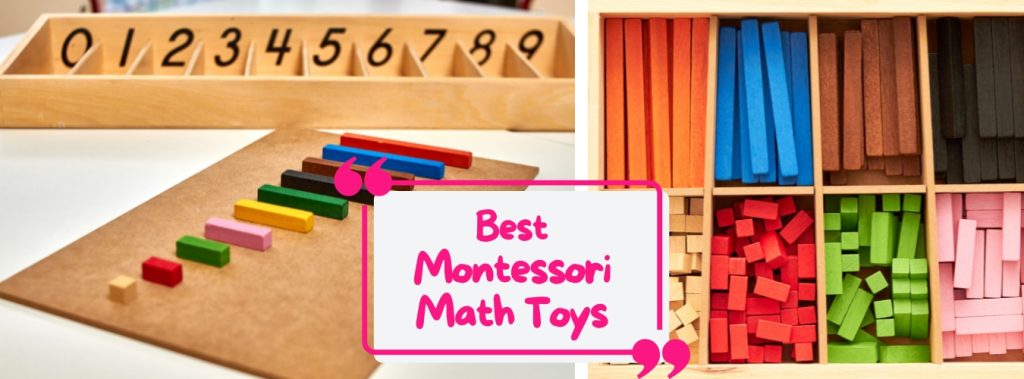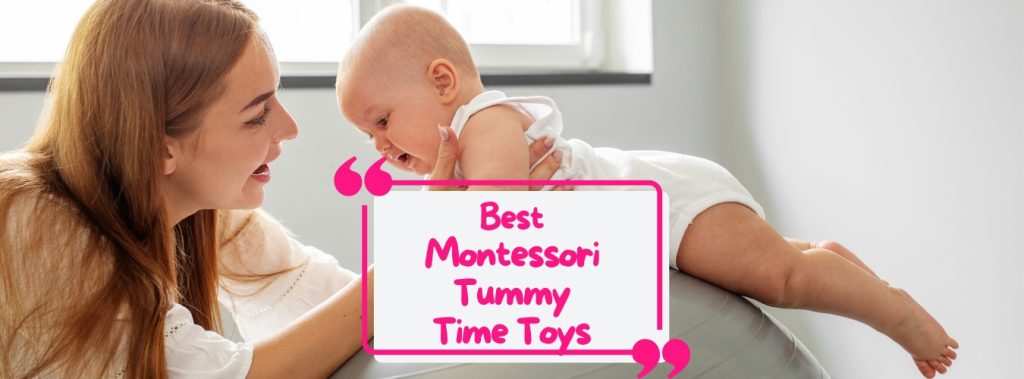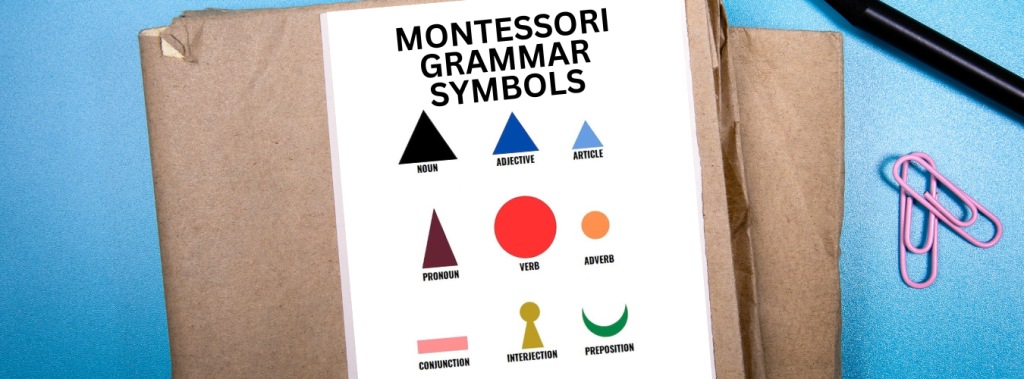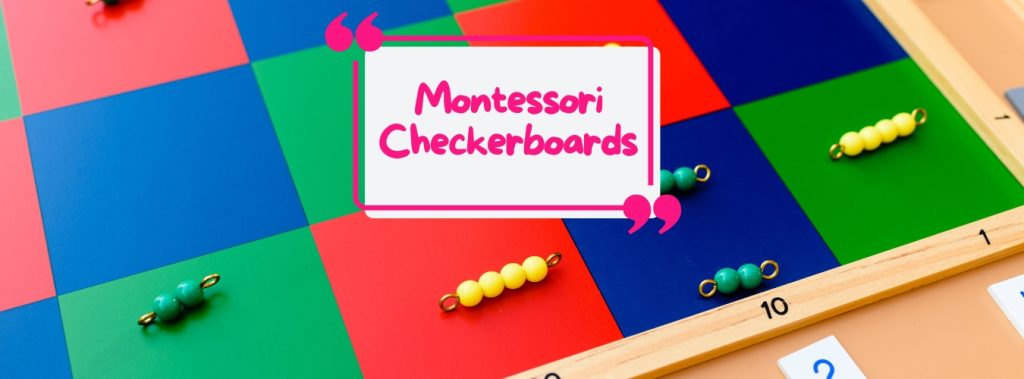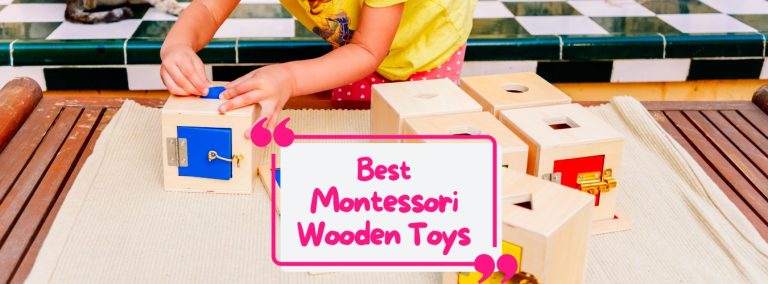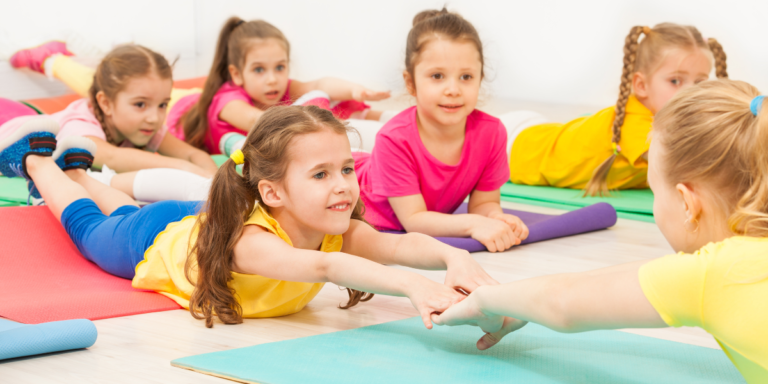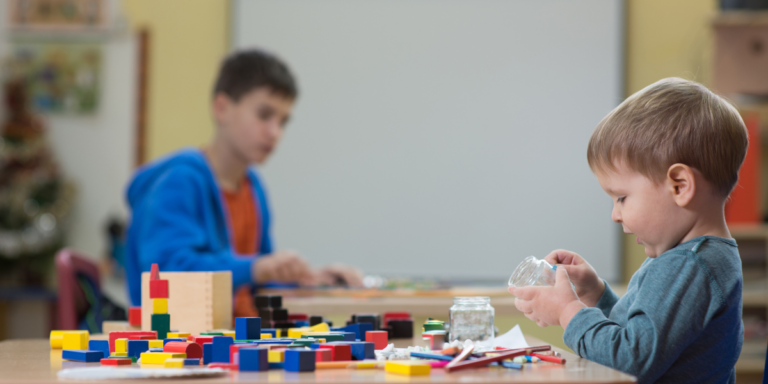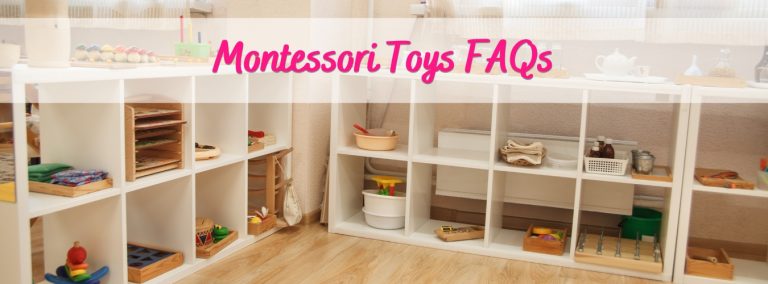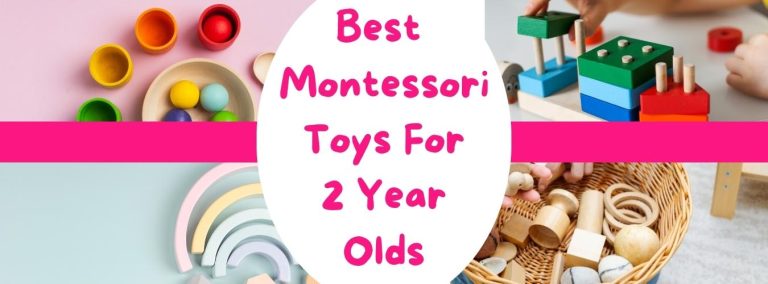Montessori Toys: Complete Guide For 2023
Montessori toys are a unique type of educational toy designed according to the teachings of Dr. Maria Montessori. Montessori toys aim to promote children’s natural desire to learn by providing developmentally appropriate activities that engage their interests and allow for Hands-On Learning. In recent years, Montessori toys have become increasingly popular with parents looking for alternatives to mainstream plastic toys.
History and Philosophy of Montessori Toys
Montessori toys have a rich history and are rooted in the educational philosophy developed by Dr. Maria Montessori. She believed that children learn best through hands-on experiences and that their natural curiosity should be nurtured. Montessori toys are designed to stimulate a child’s senses, promote independent learning, and facilitate the development of important skills.
What are Montessori Toys?
Montessori toys are specifically designed to support a child’s development and growth. They are made from natural materials such as wood and promote open-ended play. These toys encourage children to explore, discover, and learn at their own pace. Montessori toys are often simple in design and focus on specific concepts or skills, such as hand-eye coordination or counting. They are carefully crafted to engage the child’s senses and foster their natural curiosity.
8 Benefits of Montessori Toys
1. Promote Concentration
Montessori toys help children develop concentration skills as they engage in focused, hands-on activities. This enhances their ability to stay engaged and focused on a task for an extended period of time.
2. Develop Coordination and Dexterity
By manipulating Montessori toys, children improve their fine motor skills and hand-eye coordination. These toys require precise movements, such as fitting wooden puzzle pieces together or stacking blocks, which help develop dexterity.
3. Enhance Sensory Processing
Montessori toys often incorporate different textures, colors, and shapes, stimulating a child’s senses. This helps them understand and interpret sensory input and enhances their sensory processing abilities.
4. Allow for Mastery and Repetition
Montessori toys provide opportunities for children to practice and master new skills. The open-ended nature of these toys encourages repetition, which is essential for developing proficiency.
5. Foster Independence
Montessori toys encourage children to work independently and problem-solve on their own. These toys are designed to be self-correcting, allowing children to learn from their mistakes and develop resilience.
6. Inspire Imagination and Creativity
Montessori toys promote imaginative play by providing children with open-ended materials to create and explore. This stimulates their creativity and imagination as they come up with different ways to play and interact with the toys.
7. Teach Practical Life Skills
Montessori toys often focus on practical life skills, such as pouring, sorting, and dressing. These toys enable children to practice real-life activities, fostering their independence and self-help skills.
8. Provide Hands-On Learning
Montessori toys prioritize hands-on learning experiences, allowing children to actively engage with concepts and materials. This approach enhances their understanding and retention of information.
Best Montessori Toys for 0-6 Months
During the first few months of life, babies begin to explore their environment and develop their senses. Montessori toys for this age range should be simple, safe, and engaging. Examples include soft fabric balls, rattles, and mobiles with contrasting colors and shapes.
Montessori toys for newborns to 6 months old focus on visual stimulation, grasping/reaching, gross motor skills, and sensory exploration.
Recommended Montessori toys for 0-6 months include:
- Black and White Cards: High-contrast visuals
- Unbreakable Mirrors: Seeing own reflection
- Rattles: Hearing cause/effect sounds
- Teethers: Soothe sore gums
- Fabric Balls: Grasping practice
- Play Gyms: Reach and kick towards objects
- Crinkle Books: Experiencing textures
Best Montessori Toys for 6-12 Months
As infants become more mobile and curious, Montessori toys that encourage movement and exploration are ideal. Toys such as wooden rings on a dowel, stacking cups, and shape sorters can engage their developing motor and cognitive skills.
Key developmental milestones from 6-12 months are sitting unassisted, beginning to crawl, grasping with thumb and finger, beginning pincer grasp, and responding to own name.
Recommended Montessori Toys For 6-12 Months Include:
Shape Sorters: Recognize shapes when sorting into holes
Stackable Rings: Problem-solve stacking from large to small
Wooden Puzzles: Grasp knobs and remove pieces
Push/Pull Toys: Crawl or walk while pushing a toy
Ball Drop Boxes: Put balls in and take them out
Peg Boards: Build hand-eye coordination while hammering
Blocks: Bang together, mouth, and experiment with building
Best Montessori Toys for 1-Year-Olds
At this age, toddlers are refining their motor skills and becoming increasingly interested in cause-and-effect relationships. Montessori toys such as wooden puzzles, nesting blocks, and sensory bins with various textures can support their learning and development.
One-year-olds are learning to walk steadily, climb, develop a pincer grasp, solve simple puzzles, mimic sounds/actions, and utter first words.
Recommended Montessori Toys For 1-Year-Olds Include:
Musical Instruments: Make sounds and rhythms
Pounding Benches: Use safe “hammer” to bang pegs
Nesting Cups: Stack in size order and take apart repeatedly
Board Books: Turn pages and identify pictures when read to
Shape Sorters: Recognize shapes and match to holes
Posting Boxes: Post objects through different openings
Simple Puzzles: Take apart and reassemble 2-3 piece wooden puzzles
Balls: Roll back and forth, learning cause and effect
Best Montessori Toys for 2-Year-Olds
Two-year-olds are eager to explore and learn. Montessori toys that promote problem-solving, creativity, and fine motor skills are ideal for this age group. Examples include lacing cards, building blocks, and pretend play sets.
During the second year, children become increasingly mobile, social, and verbal.
Recommended Montessori Toys For 2-Year-Olds Include:
Dressing Frames: Button, zip, snap, buckle, tie, lace, and Velcro practice
Wooden Vehicle Push Toys: Ride on or push while walking
Shape and Color Sorters: Sort objects by color and shape
Simple Puzzles: Increase to 10-12 chunky wooden knobbed puzzle pieces
Peg Boards: Build visual-spatial skills by hammering golf tees into holes
Transferring Activities: Use tweezers, droppers, or spoons to transfer objects between containers
Matching Games: Match identical object pairs to enhance cognitive skills
Play Food and Dishes: Pretend play with kitchen items built language and social skills
Best Montessori Toys for 3-Year-Olds
Three-year-olds are developing greater independence and imagination. Montessori toys that encourage imaginative play, such as dollhouses, dress-up clothes, and art supplies, can foster their creativity and social skills.
Age three is often called the “golden age” of Montessori learning.
Recommended Montessori Toys For 3-Year-Olds Include:
Activity Boards: Lacing, buttoning, zipping, and snapping
Peg Boards: Build up visual-spatial skills by designing your own complex patterns with pegs
Pounding Bench: Pound progressively smaller “nails” with a child-sized hammer
Puzzles: 24-48 piece wooden knob puzzles teach problem-solving
Object Matching: Match sets of tiles, cards, or objects
Tactile Materials: Sensory boxes with items like beans, rice, water, sand, etc
Sound Cylinders: Match cylinders by sound when shaken
Practical Life Skills: Child-sized cleaning tools promote real-life learning
Best Montessori Toys for 4-Year-Olds
Four-year-olds are becoming more interested in hands-on learning and problem-solving. Montessori toys that focus on early math concepts, such as counting and sorting, as well as science and geography, can engage their curiosity and cognitive abilities.
Four-year-olds make huge cognitive leaps in Kindergarten readiness skills like early Literacy And Numeracy.
Recommended Montessori Toys For 4-Year-Olds Include:
Movable Alphabet: Form simple words with individual letter tiles
Pegged Math Boards: Count and complete simple addition/subtraction problems
Math Counters: Understand quantity and symbol matching 1-to-1
Object Classification: Sort increasingly complex collections of objects by multiple attributes
Knobbed Puzzles: Progress to 100+ pieces supporting ongoing concentration growth
Tracing: Follow metal insets to trace shapes, numbers, and letters
Tweezer Activities: Build fine motor control by transferring small objects like pom poms
Memory Games: Match pairs from larger arrays, building visual memory
Music Instruments: Explore making rhythms and notes on a mini-xylophone, whistle flute, bell, etc.
Best Montessori Toys for 5-Year-Olds
Five-year-olds are preparing for the transition to formal schooling. Montessori toys that support literacy, numeracy, and critical thinking skills are beneficial at this stage. Examples include alphabet puzzles, math manipulatives, and educational games.
The year before first grade is filled with conceptual leaps in critical thinking, independence, and academic fundamentals.
Recommended Montessori Toys For 5-Year-Olds Include:
Geography Globes and Mini-Maps: Identify countries, continents, oceans
Sandpaper Globe: Trace paths between objects while verbally describing locations
Math Rods: Understand addition, subtraction, and fractions with length units
Bead Chains: Visual place value understanding counting individual bead links
Reading Comprehension: Answer questions about pictures and simple text
Animal Matching Cards: Classify animals by habitat, diet, movement, etc
Musical Notation: Follow patterns of music notes on staff paper
Binomial Cube: Understand algebraic equations by seeing cube pieces move concretely
Time Games: Read hands on a clock face and match analog to digital times
Best Types of Montessori Toys for 6-Year-Olds
Six-year-olds are continuing to expand their knowledge and skills. Montessori toys that foster independent learning, such as science kits, art sets, and building blocks, can support their ongoing development and interests.
The Kindergarten year builds tremendous maturity in writing, math, attention, and social skills.
Recommended Montessori Toys For 6-Year-Olds Include:
- Stamp Game: Understand large numbers by building and symbolizing with number cards
- Spindle Boxes: Build reading skills by phonetically changing short vowel words
- Math Dot Games: Count dots on randomly arranged cards at lightning speed
- Metal Insets: Draw shapes with precision using metal templates
- Chess: Develop strategic thinking and planning while learning chess
- Botany Nomenclature: Classify leaf shapes and functions like petiole, palmate, serrated margins
- Skip Counting: Reinforce counting sequences and number patterns
- Puzzle Maps: Learn geography, critical thinking, and concentration
- Pin Maps: Identify continent names, countries, cities, and terrain on a tactile map
- Object Classification: Make increasingly complex categorical classifications of objects
Find The Best Montessori Toys on BrickPop
Montessori Materials for the Home
Practical Life
Practical life materials, such as pouring jugs and dressing frames, help children develop self-help skills and improve their coordination.
Sensorial
Sensorial materials, like color tablets and tactile boxes, stimulate a child’s senses and promote their ability to discriminate and classify sensory input.
Language Arts
Language arts materials, such as sandpaper letters and picture-word matching cards, introduce children to letter sounds, vocabulary, and reading comprehension.
Mathematics
Mathematics materials, such as number rods and golden beads, enable children to explore concepts like counting, addition, subtraction, and multiplication in a hands-on way.
Geography / Science
Geography and science materials, like globe puzzles and nature exploration kits, teach children about the world around them and foster their curiosity about the natural sciences.
Books
Montessori-inspired books introduce children to a variety of subjects and promote their love for reading and learning.
Creating a Montessori-Inspired Play Environment
When creating a Montessori-inspired play environment, it is important to provide open-ended toys that encourage exploration and learning. Arrange the toys in an organized and accessible manner, allowing children to independently choose and engage with the materials. Incorporate elements of nature, such as plants and natural light, to create a calming and inviting space. Limit the number of toys available at any given time to avoid overwhelm and promote focused play. Foster a sense of order and responsibility by involving children in the cleanup and organization of their play area.
Downsides of Montessori Toys
While Montessori toys have many benefits, it is important to consider their potential downsides. Some Montessori materials can be more expensive compared to conventional toys. Additionally, not all children may engage with or enjoy Montessori toys, as preferences and interests vary. It is important to provide a variety of toys and materials to cater to individual needs and preferences.
Conclusion
Montessori toys provide a valuable learning experience for babies and toddlers. They promote concentration, develop coordination and dexterity, enhance sensory processing, and foster independence. These toys inspire imagination and creativity, teach practical life skills, and provide hands-on learning opportunities. By incorporating Montessori toys into children’s play environments, parents and caregivers can support their overall development and create meaningful learning experiences.
